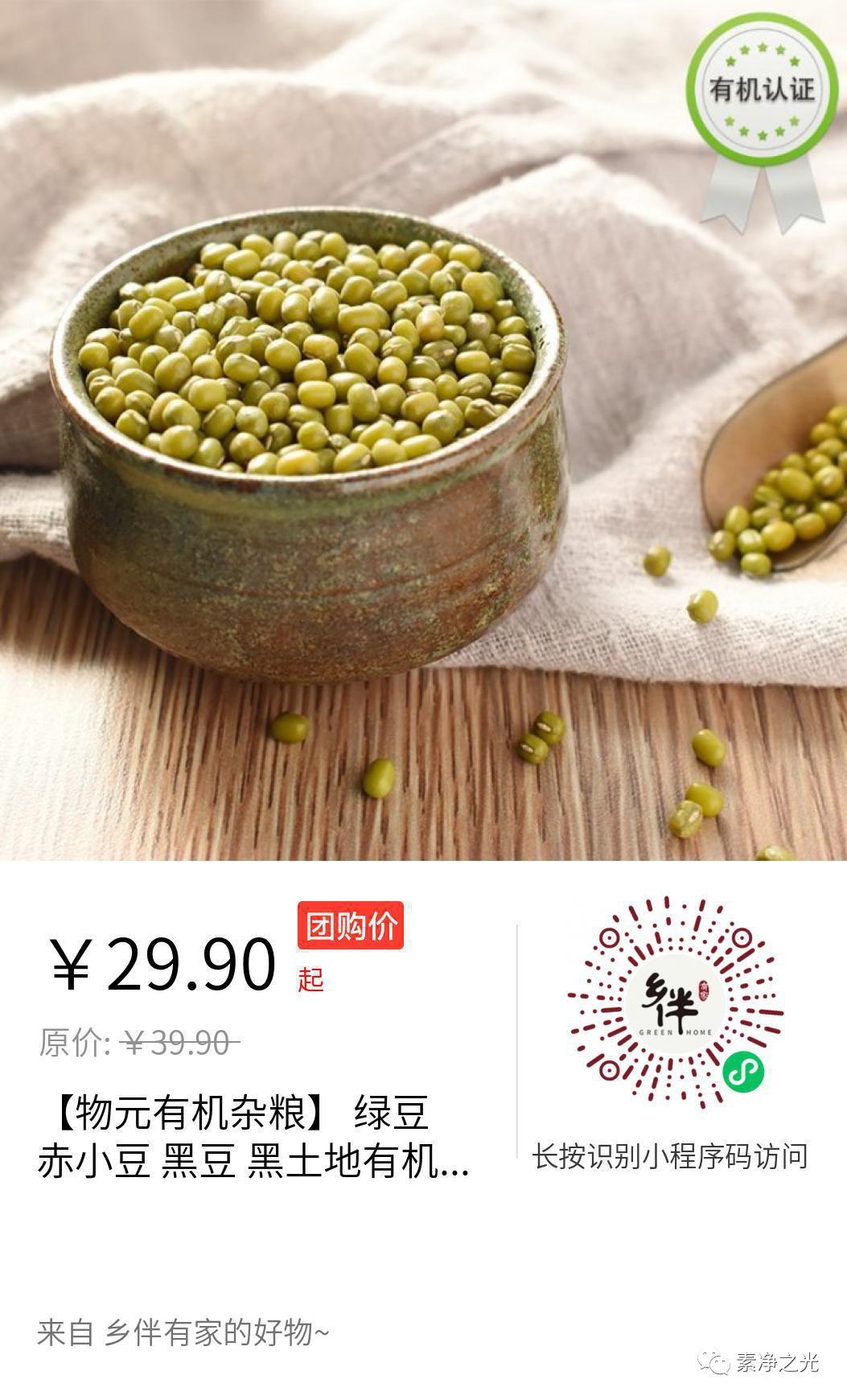The first chapter of the Huangdi Neijing states that the five grains are the true health foods.
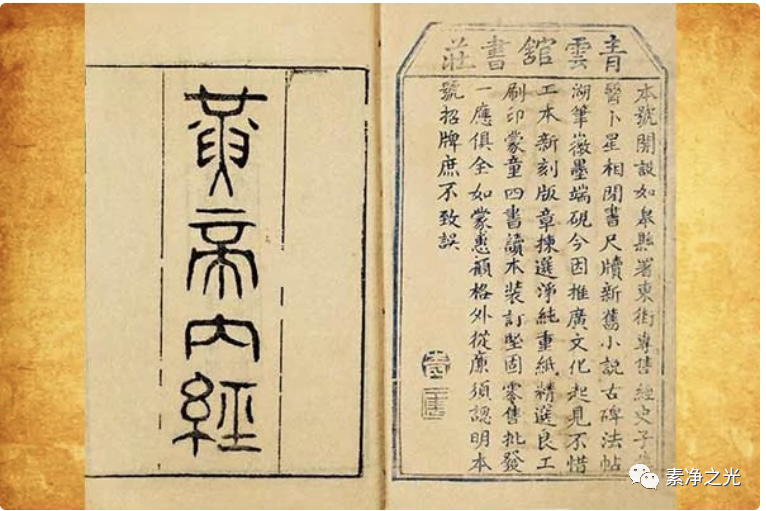
The five grains refer to the collective seeds of millet, rice, sorghum, wheat, and legumes, which are the most common staple foods on Chinese dining tables.
The Huangdi Neijing states: “The five grains nourish, the five fruits assist, the five livestock benefit, and the five vegetables supplement,” indicating that the five grains are the most nutritious and comprehensive for the human body.
In the past, when describing someone with a poor complexion, it was often said they had a “face full of vegetable color,” meaning their skin appeared dark yellow, even greenish, and lacked luster.
This was because, at that time, food was scarce, and many people replaced grains with “vegetables and melons.” Nowadays, although grains are not scarce, many people view them merely as a source of calories, thinking that delicious foods like meat, eggs, and dairy can also provide calories. Thus, they might choose to replace grains with meat and vegetables, but avoiding grains is actually a major taboo in TCM health preservation.
The Huangdi Neijing places “the five grains for nourishment” at the forefront of dietary health because the five grains enter the spleen meridian, and the spleen is the “foundation of postnatal life.”
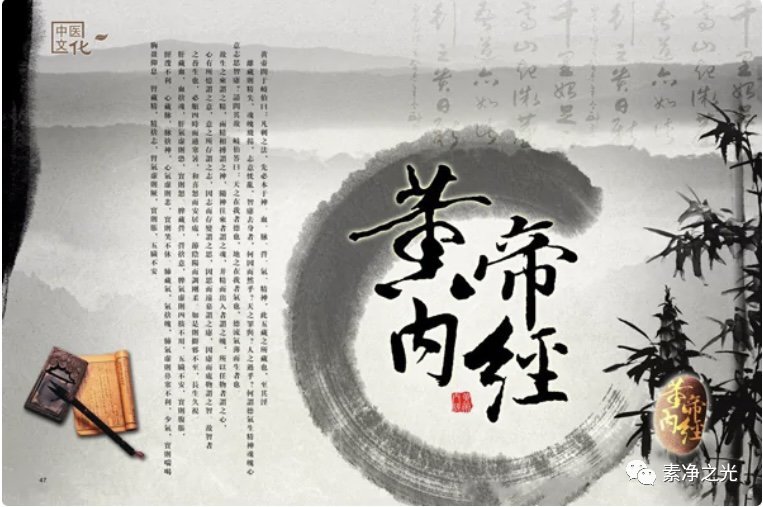
The reason for elevating the spleen to such a high status is that, for the Chinese people, the spleen qi is a weak link in the constitution of the yellow race.
Thus, congee gradually became one of the most characteristic elements of traditional Chinese cuisine, as its warm, soft, and finely broken texture makes it easier for the Chinese to absorb nutrients through the spleen and stomach. All of this illustrates a principle: diseases are most easily triggered from the weak link of the spleen and stomach.
The TCM spleen governs the muscles; those with sufficient spleen qi have elastic and plump muscles, while those with spleen qi deficiency are often the “weak scholars who cannot tie a chicken.”
When muscle mass decreases rapidly, it directly harms the spleen qi, meaning that if spleen deficiency reaches an extreme, the damage to this “foundation of postnatal life” equates to the “audit office” in the body not functioning, leading to a lack of ability to recognize and resist bacteria, which can result in the rampant spread of infections like sepsis.
People who lose weight by avoiding grains are essentially artificially creating spleen deficiency. Although this may not necessarily lead to “septicemia,” spleen qi deficiency will eventually become a reality, first manifesting on the skin as a poor complexion and lack of luster.
Skin can be superficially beautified with cosmetics, but healthy luster cannot be faked, making a person appear stiff, rigid, and lifeless. Thus, to achieve truly vibrant skin, a good complexion is crucial. The so-called complexion is the healthy glow that can be seen through cosmetics, determined by spleen qi, and grains are the best nourishment for spleen qi.
Heaven and earth have five elements, and humans have five organs, with the five organs corresponding to the five elements: wood corresponds to the liver, fire to the heart, earth to the spleen, metal to the lungs, and water to the kidneys.
Additionally, this can be extended to the five colors: white, green, black, red, and yellow. As long as each meal includes foods of the five colors, one can achieve the mutual generation of the five elements, harmonizing the five organs and nourishing the body.
Bringing the five colored foods to the table simultaneously and scientifically pairing them can lead to a balanced and reasonable diet.
Black corresponds to the kidneys, and black grains have the effect of nourishing the kidneys. Problems with kidney function and related diseases can be regulated by consuming black grains.
For example, to promote hair growth and darkening, one can consume black beans, black rice, and black sesame, as the kidney’s essence manifests in hair.
• Good kidney function results in thick, dark hair.
Black grains are also rich in antioxidants, which have significant anti-aging effects on the body.
The “Yutian rouge rice” mentioned in Dream of the Red Chamber refers to the purple-black glutinous rice, which represents foods such as black rice, black barley, purple rice, black buckwheat, black beans, black sesame, and black pine nuts.
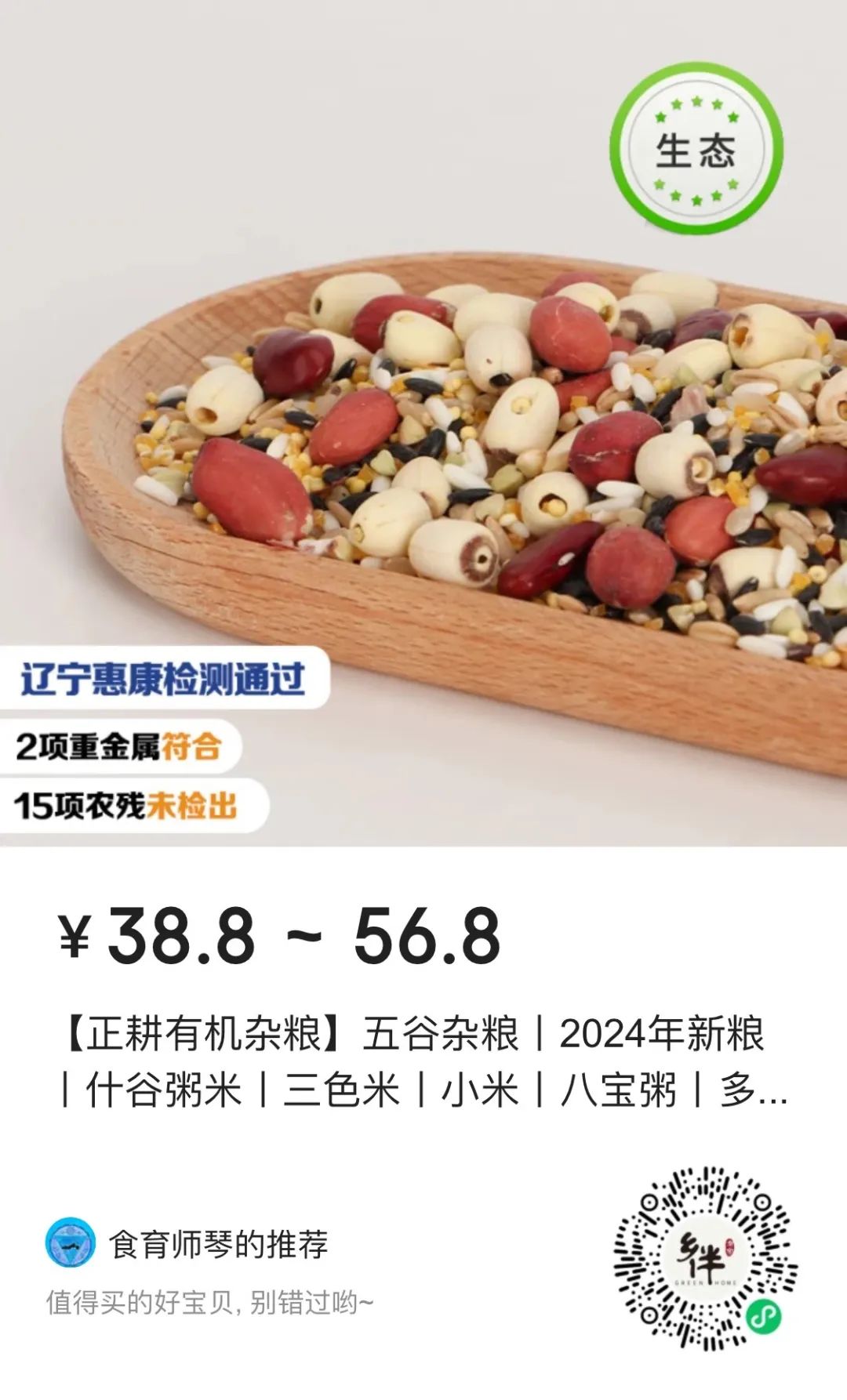
White corresponds to the lungs, which benefits qi. Most white grains, such as yam, rice, and coix seed, are rich in protein. Regular consumption can eliminate fatigue and promote recovery from illness.
Moreover, white grains are a type of highly safe nutritional food, making them better for patients with hypertension and heart disease.
Representative foods include white rice, coix seed, almonds, peanuts, yam, glutinous rice, lotus seeds, oats, taro, and longan.
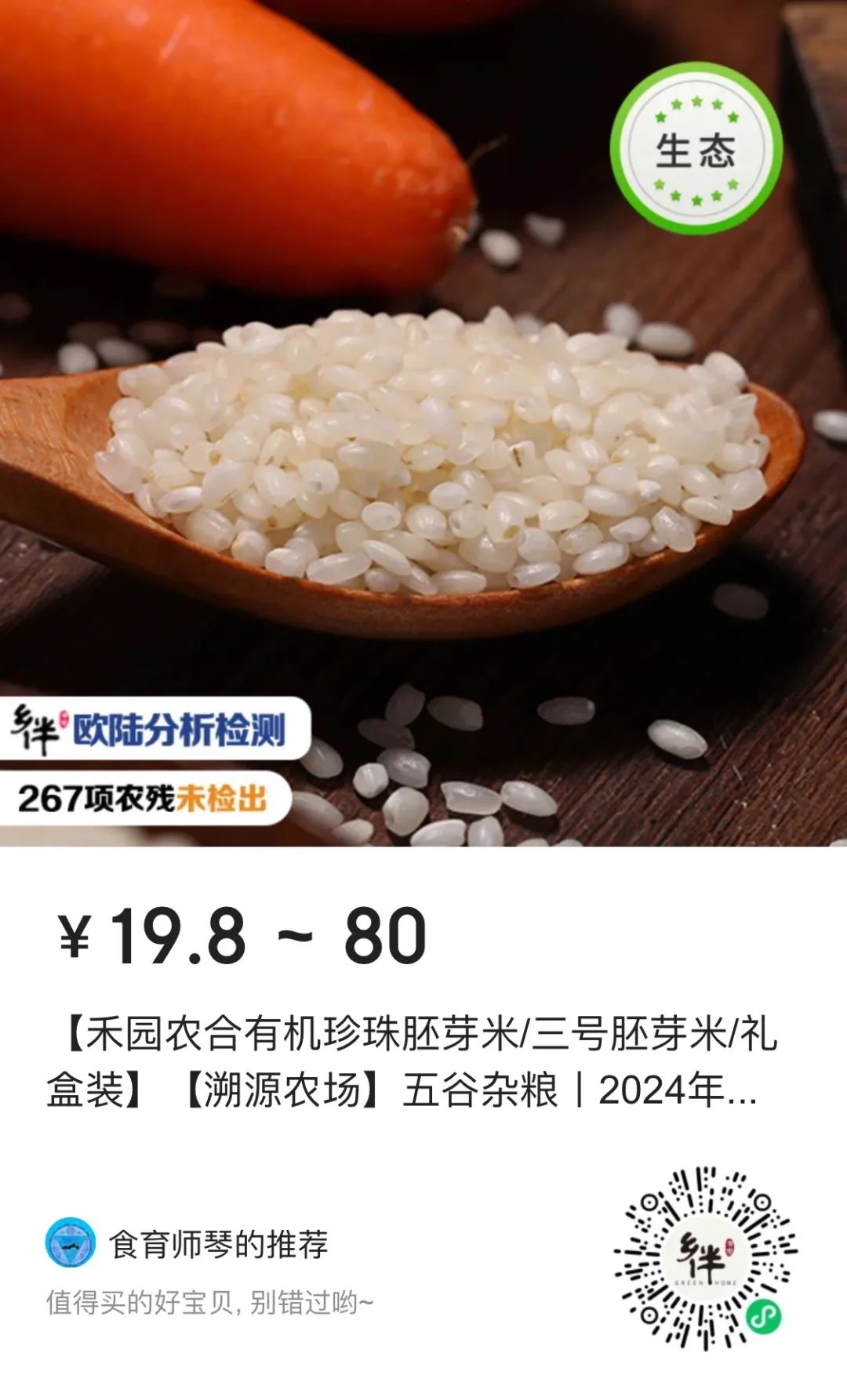
Red corresponds to the heart, so red grains can enter the heart and blood, benefiting qi and nourishing blood, and promoting the generation of blood and lymph.
Red grains are rich in lycopene and tannins, which can protect cells, have anti-inflammatory effects, and enhance heart function and blood circulation.
Representative foods include red dates, red sweet potatoes, red rice, and goji berries.
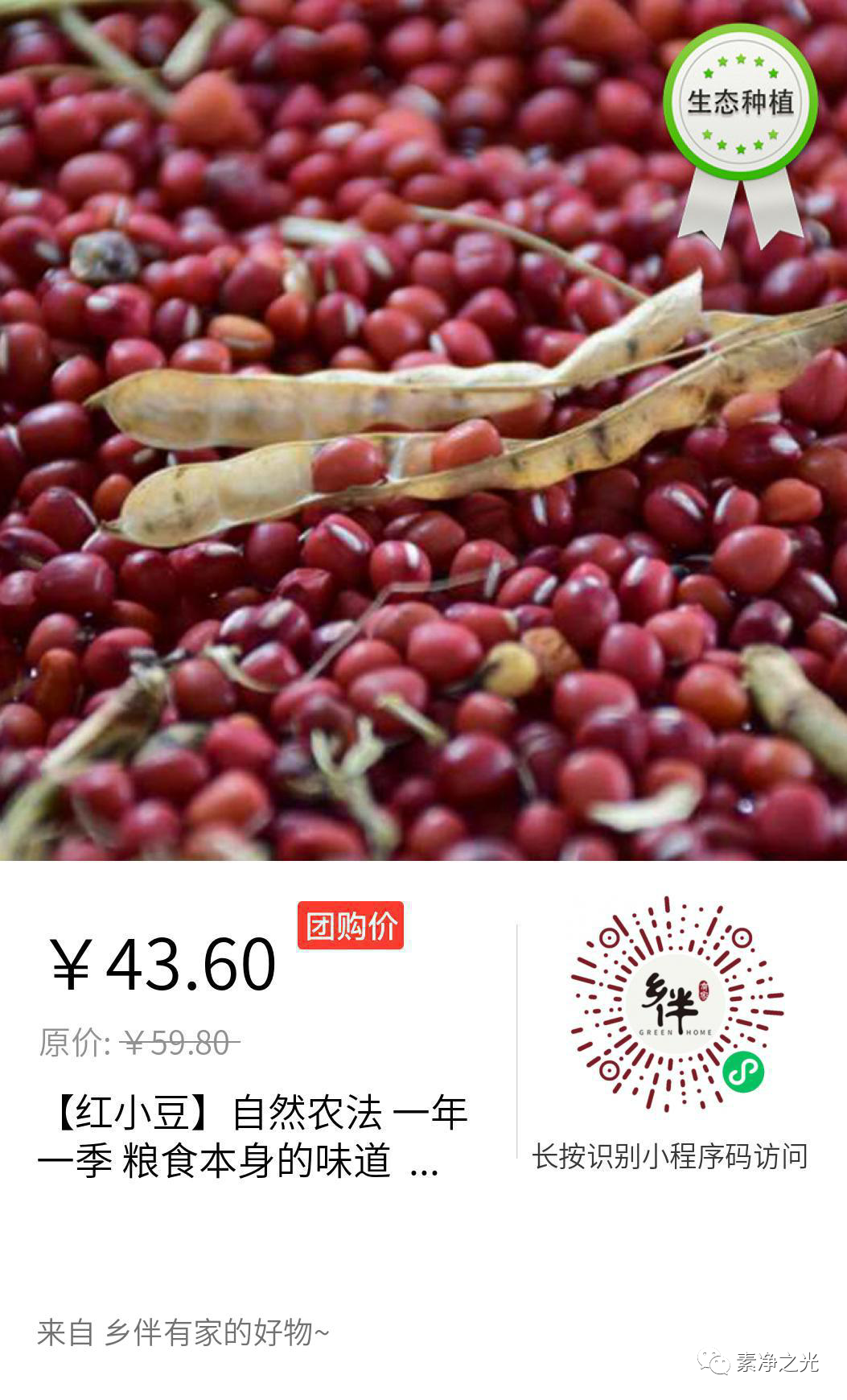
Yellow corresponds to the spleen, and the greatest feature and advantage of yellow grains is their richness in carotene and vitamin D, which can reduce the incidence of infections and tumors. Carotene can protect the gastrointestinal mucosa, preventing diseases such as gastritis and gastric ulcers.
Vitamin D promotes the absorption of calcium and phosphorus, thus strengthening bones and muscles.
The nutrients in yellow grains greatly benefit the spleen and stomach.
Representative foods include corn, yellow soybeans, millet, yellow rice, chestnuts, pumpkin seeds, and potatoes.
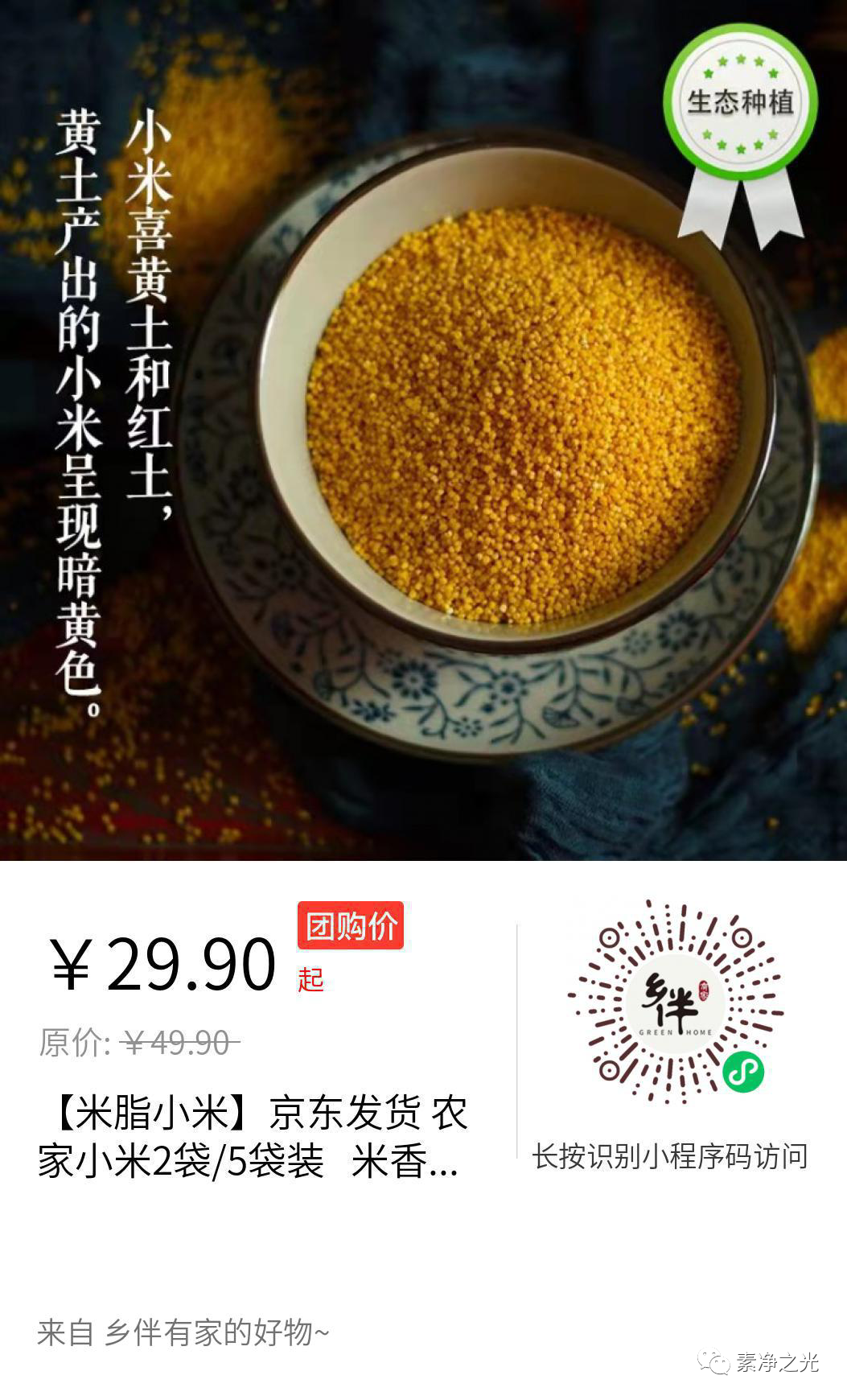
Green corresponds to the liver, and green grains have the effect of soothing and strengthening the liver, helping to regulate the spleen and stomach, and aiding digestion and absorption.
Green grains are rich in chlorophyll, which is beneficial for regulating human metabolism. Psychologically, regularly consuming green grains can also relieve stress and prevent migraines.
Representative foods include mung beans, peas, and lentils.
If conditions allow, try to use organic and ecological ingredients, as organic and ecological ingredients are free from pesticides, chemical fertilizers, and herbicides, containing more life elements, better nutrition, and higher energy.
